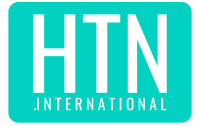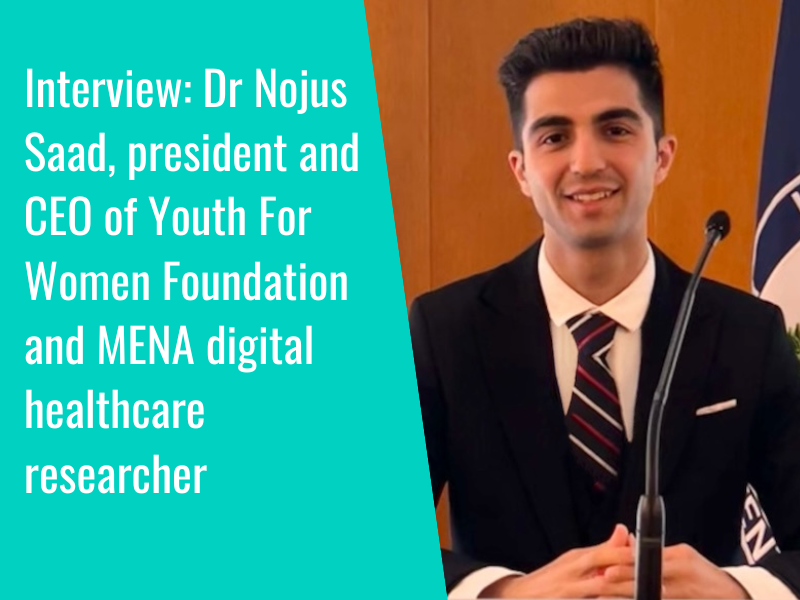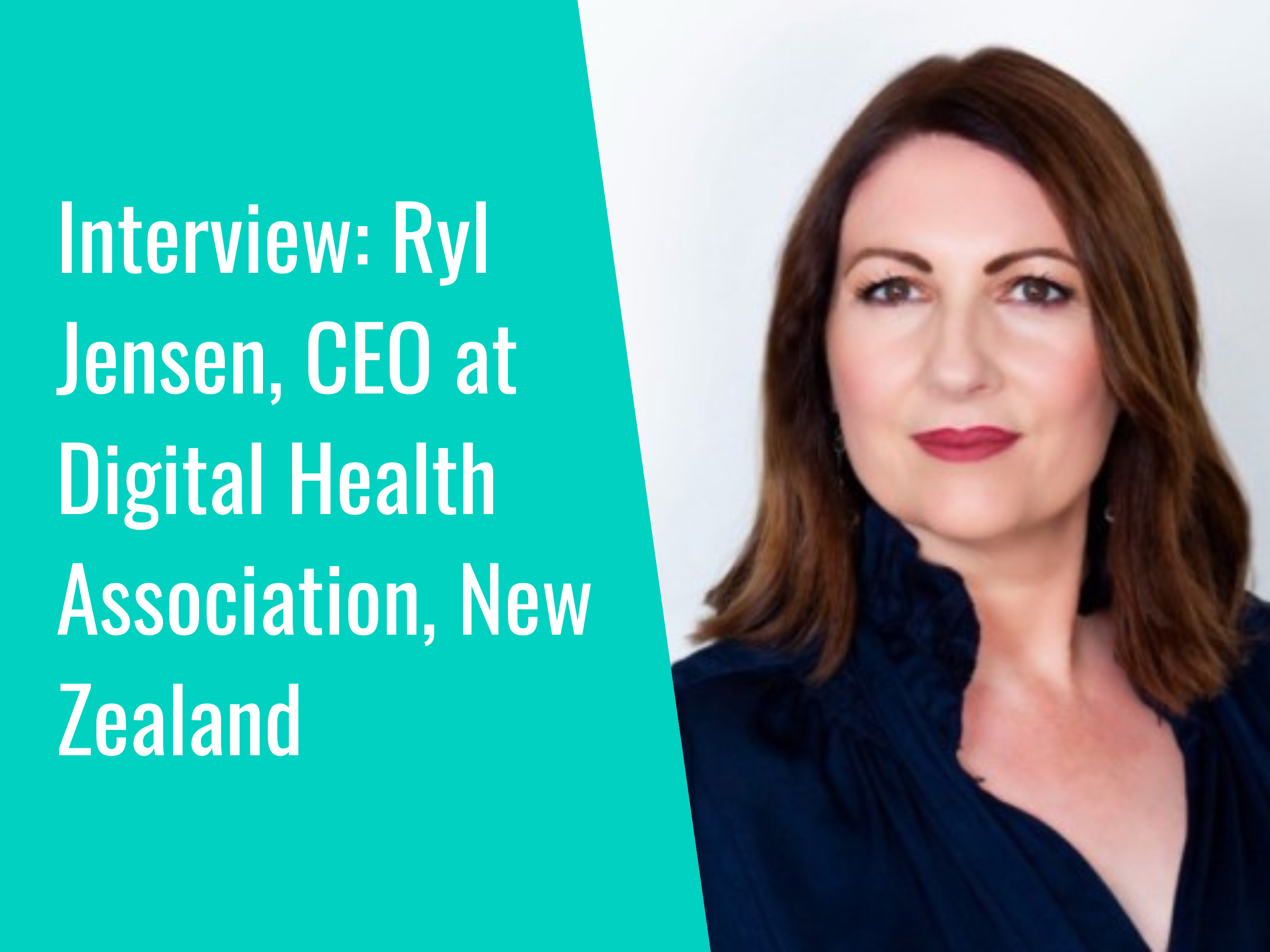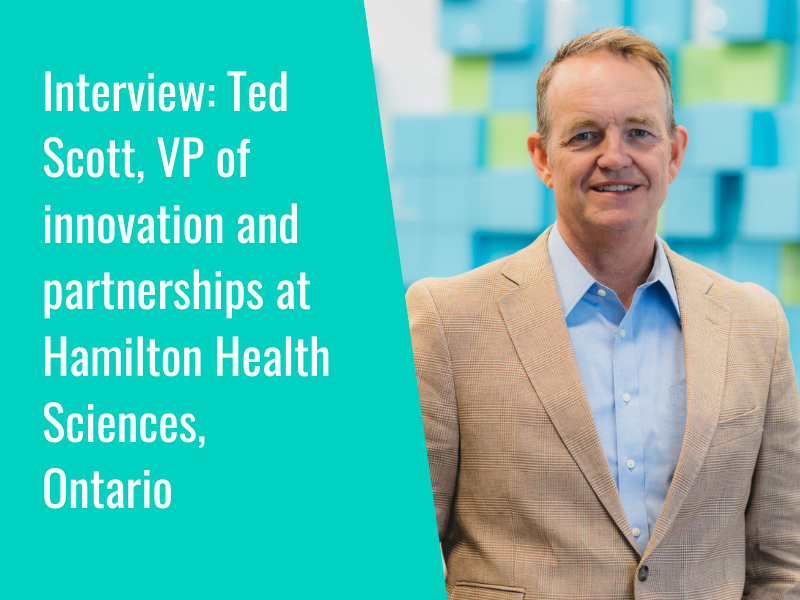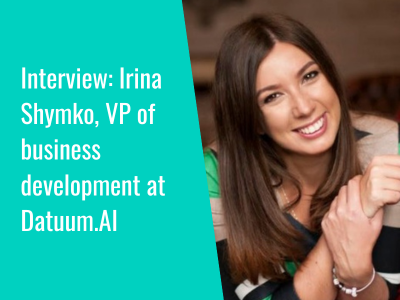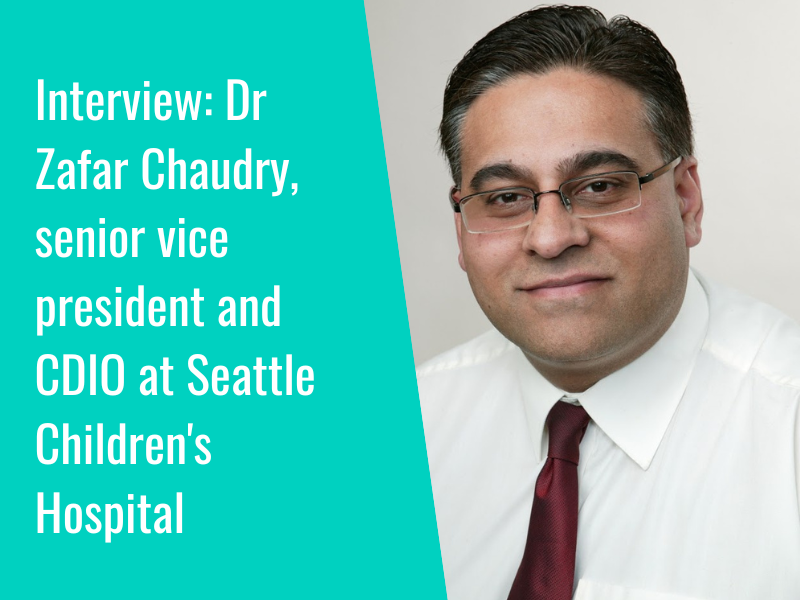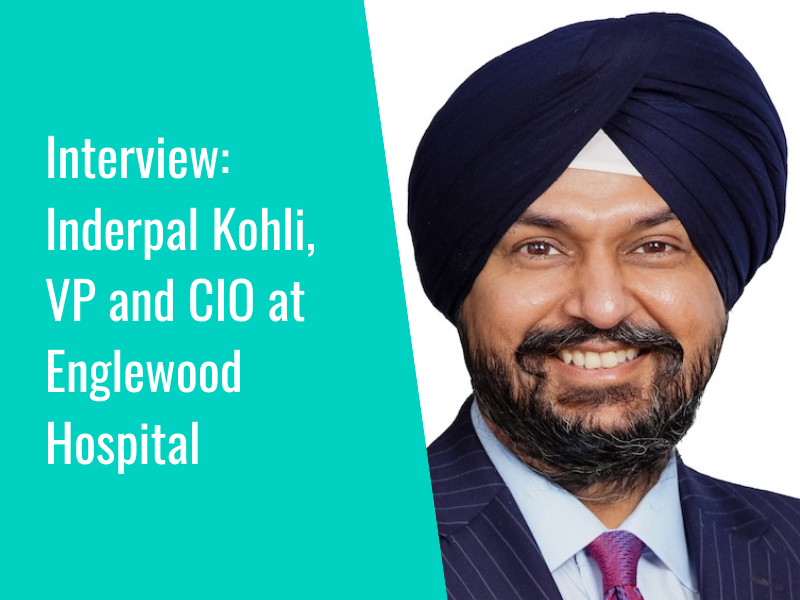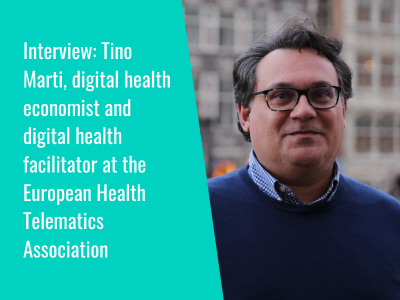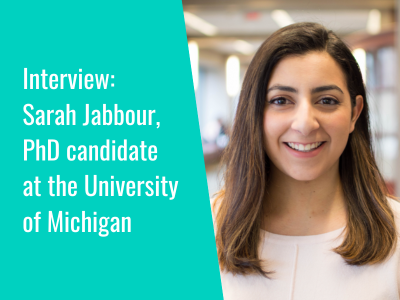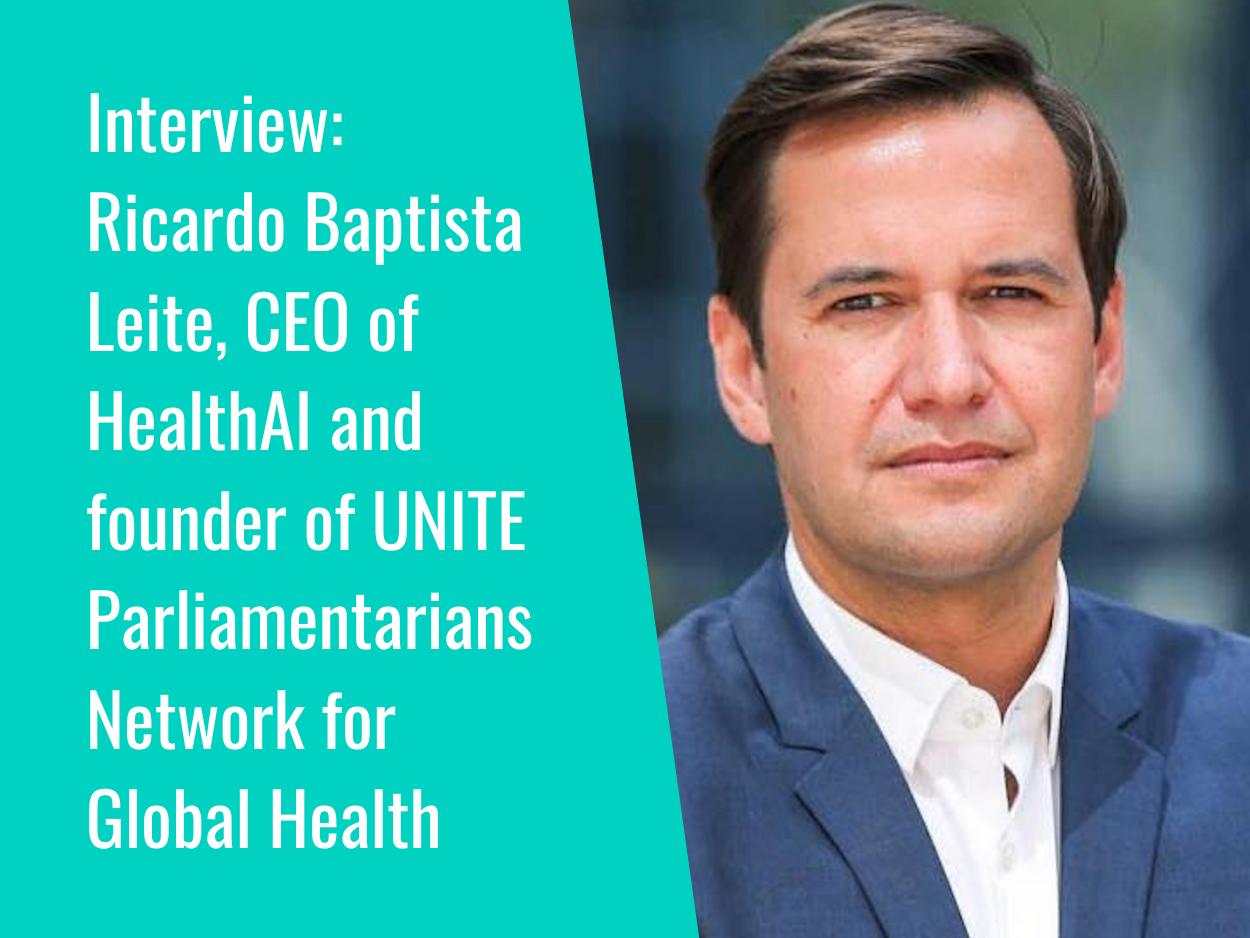In a recent interview we caught up with Dr Zafar Chaudry, senior vice president and chief digital and information officer (CDIO) at Seattle Children’s Hospital, to discuss recent digital projects, uses of data, and future priorities.
Zafar shared insight into Seattle Children’s, which he described as a paediatric health system with 46 sites located across the states of Washington, Alaska, Montana and Idaho, serving about 13,000 users.
In his role, Zafar explained that he runs the IT service, covering “everything from infrastructure to informatics, through to digital health”. As part of this he manages a team of 490 people with an average yearly budget for IT of around $220 million.
“It’s a hospital foundation and a research institute; in terms of research we are number one in the world for infectious disease in paediatrics, and number five for research overall in paediatrics.”
Key digital initiatives and focuses at Seattle Children’s
When it comes to key digital initiatives and focuses at Seattle Children’s, Zafar highlighted that the organisation’s strategy aligns focus with customer needs.
“Many years ago I put together a patient, parent and caregiver group,” he explained, “and we meet every month. We ask what they would like us to build in the digital space, because it’s better to ask the people that use your technology rather than trying to guess what they need.”
The team’s digital focus for the last few years has been on building a single, integrated electronic medical record, and a digital front door application that has multiple features including access to medical records; wayfinding capabilities; and the ability to track surgeries in real time, as well as having a “heavy focus on telemedicine”.
Zafar also shared how technology is used to support patient experience, highlighting as an example how they have become “the first in the world to build our hospital in Minecraft – we built Minecraft as a gaming platform across the hospital, so that our kids can game in the Minecraft space whilst being in the virtual Minecraft Seattle Children’s Hospital.”
A focus on Google cloud
Talking about the organisation’s “big strategy for Google cloud”, Zafar told us that making the move was a natural progression from using IBM’s Netezza platform for five years, before realising that the platform had reached the end of its life.
“We built a partnership with Google to move all of our analytics stacks over, so that we would have access to the cloud, as well as the ability to burst our capacity when crunching the numbers. We now have 116 plus data sources within Google cloud, with 69 data marts within that space. Within the platform we are using compute storage, networking, big data, ETL and query, and AI machine learning.”
The results of this, according to Zafar, include “99.99 percent uptime on our analytics platform”, and reductions in the time taken for SQL server cube refreshes from “about four hours” to “less than one hour”.
He continued: “We’ve migrated 1.7 million lines of code, 30,000 scripts, 57,000 database objects, 660 databases, 4,000 reports, and six homegrown automation tools, so it’s a big partnership. It’s about agility, and about reducing technical debt. Now that we’re in Google cloud we don’t have to refresh, install or maintain our hardware; and if we ever need to burst capacity we can do that on the fly.”
Caring for patients requires “a lot of data”, emphasised Zafar. “We are currently using about 121 terabytes of storage.”
Drawing on data
Following on from this, we asked Zafar about some of the specific ways in which the organisation is using its store data.
One project saw Seattle Children’s use data to look at pain management. “When kids come in for surgery and we put them to sleep, the medication that we use is opioid-based. When they leave our organisation they are given opioids for pain management,” he explained. By using data the team was “able to design new pain protocols so that we didn’t have to use opioids to put kids to sleep or prescribe them pain medication after surgery. I’m happy to say that now 98 percent of our ambulatory outpatient surgeries are opioid-free; 50 percent of inpatient surgeries are opioid-free; and we’ve completed about 40,000 opioid-free surgeries. I think that makes us unique in the world in this space”.
The opportunity here was realised “using the data in our data marts and in our analytics platform, by using predictive algorithms, analytics and some AI, to help our doctors change their protocols. That’s been hugely successful for us. That’s an example of a real-world clinical use case, where you can really make a difference if you understand the data you have and then use new tools to make a difference.”
In the future, Zafar told us, the organisation will continue to build models within Google with the aim of providing improvements in clinical care, developing use cases, and considering “whether the rest of our infrastructure or a portion of our infrastructure goes to some sort of cloud-based model, as we deprecate reliance on hardware.”
The cloud offers a way, Zafar considered, of keeping hardware up to date “without investing millions and millions of dollars. We’ve only just finished the move to Google cloud for analytics a couple of months ago, so we’re still figuring out what the next innovation is in that space. But it takes a lot of pressure off the team, and allows us to focus on what we’re good at in terms of subject matter experts.”
Running infrastructure is “not the core business of healthcare IT,” Zafar concluded. “The core business of healthcare IT is patients. So that’s what we want to focus on”.
Digital priorities and future plans
Seattle Children’s Hospital is currently using “a multitude of different tools and is running over 1,600 clinical and non-clinical applications”.
The integrated EMR (Epic) was implemented during the pandemic, and Zafar shared that a “major digital programme is around the modernisation of our enterprise resource planning system, which manages our human resources, supply chain, and finance. That is a migration from IN4 to Workday cloud. We’re a couple of months away from phase one go-live, so we’re putting a lot of money into modernising this system as a core platform.”
In terms of infrastructure, Zafar shared that the organisation has done “a lot of work” on wireless networking, “to become a software defined network, so that our systems can easily connect to the network”, and to boost the organisation’s cybersecurity, which is another area that has seen “huge investment”.
Looking ahead, Zafar told us that he would like to specifically do more in generative AI. “You now have much bigger data sources to crunch numbers on, so we want to expand in the AI space if it makes sense for clinical use cases.”
Another thing under consideration for the next fiscal year is “what things like robotics mean for our organisation,” Zafar shared. “We want to see whether there are any use cases there for us moving forwards.”
He added that one of the biggest challenges he and his team face in taking these steps and introducing new digital tools or solutions is money.
“Obviously, we have to be careful how we spend – because our key focus is not to buy technology, but to take care of kids. So we work to stay ahead of the curve in terms of what we’re measured against and how we deliver services to our customers.”
Zafar continued: “Getting investment in technology comes from the fact that your organisation is generating enough money to do so; but across the US there are very few healthcare systems that are actually generating this type of money to then reinvest in technology. Making the right investments is always going to be the biggest challenge – you have to invest your money in tools which bring a true return on investment.
“Retention is also important, so if you want to retain and recruit the best talent that’s hard to do if you don’t pay the best salaries. We also see that in access to care, the demand outweighs the capacity to deliver. Getting kids into our health system is hard, because we’re always full.”
Ultimately, Zafar concluded, “Although technology could have some impact on that, you can’t replace people. You can’t replace doctors and nurses with technology; you can speed up their work with technology, but there aren’t enough doctors and nurses globally being trained.”
We’d like to thank Zafar for taking the time out to talk to us, and for sharing his insights.
- 1
- 2
